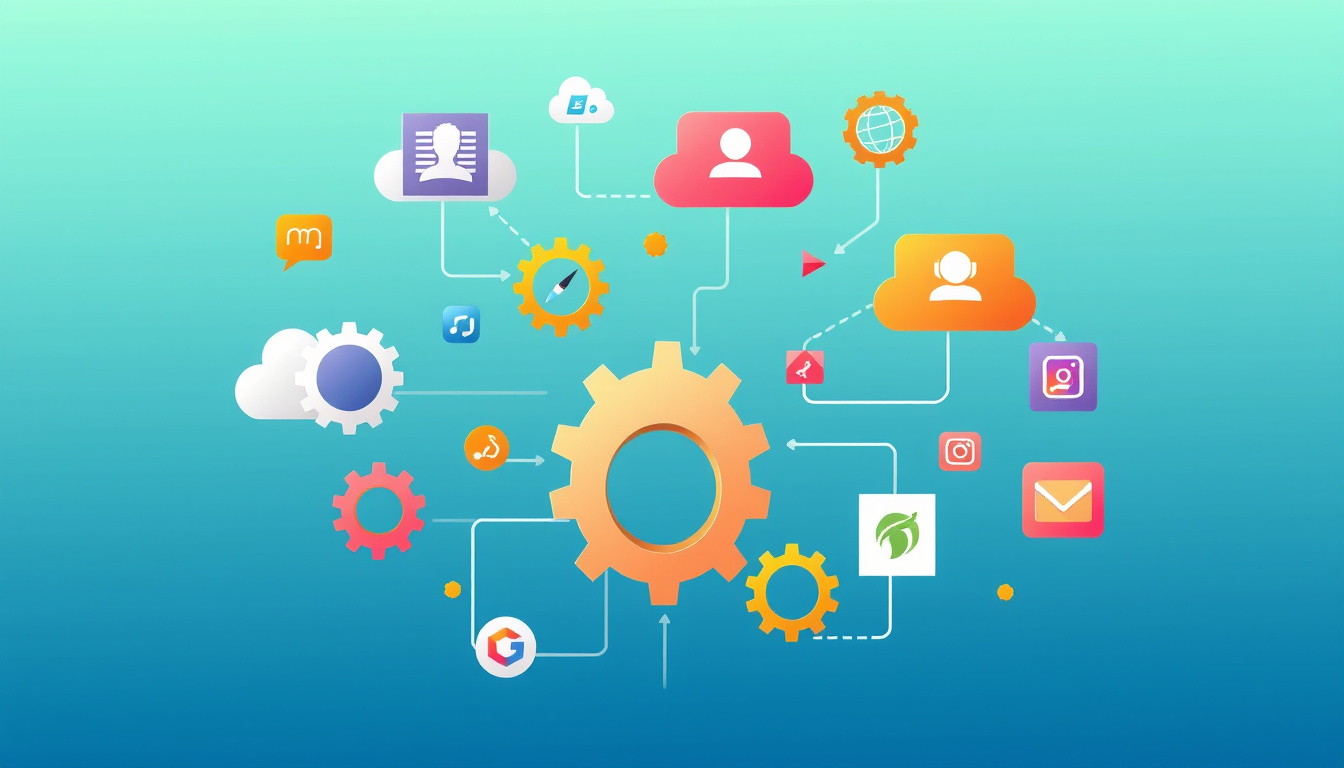In today’s digital landscape, businesses are increasingly reliant on an array of software tools and applications to manage operations, collaborate with teams, and serve customers. However, using a variety of platforms that don’t communicate well with each other can create significant barriers to efficiency and innovation. This is where cross-platform integration shines, allowing disparate systems to work together seamlessly, enhancing productivity, user experience, and data management.
What is Cross-Platform Integration?
Cross-platform integration refers to the capability of different software systems and technologies to interact and exchange data, regardless of the specific platform or operating system they are built on. For instance, organizations can use middleware solutions to connect applications such as CRM, help desks, and project management tools—enabling them to sync data and functionalities seamlessly.
The goal of cross-platform integration is to eliminate silos by allowing different systems to communicate effectively, which is essential for smooth workflows in any organization. Examples of successful integrations include linking a help desk like Zendesk with project management tools like Jira, or bridging an e-commerce platform with inventory management systems.
Benefits of Cross-Platform Integration

Implementing cross-platform integration presents numerous advantages for businesses:
1. Enhanced User Experience
With cross-platform integration, users can access applications seamlessly across devices. They can begin a task on one device and continue it on another without interruption—an experience that significantly increases user satisfaction. This consistency ensures that users feel confident and competent, regardless of the device they are using.
2. Improved Efficiency and Productivity
By automating data sharing and reducing manual data entry, cross-platform integration streamlines workflows. When systems are integrated, changes made in one application automatically reflect across all connected platforms, saving time and minimizing errors.
3. Cost Savings
Developing a single application that operates across multiple platforms is often more cost-effective than creating separate versions for each platform. This reduces development time and resources, enabling teams to focus on enhancing functionalities rather than multiple maintenance tasks.
4. Data Integrity and Accuracy
Cross-platform integration significantly improves data accuracy by ensuring that all systems have updated information. This real-time synchronization enables better decision-making and enhances the overall reliability of the data being utilized.
5. Greater Flexibility
Organizations can choose the best tools for their unique needs without worrying about compatibility issues. This flexibility fosters innovation, as developers are encouraged to create applications that can integrate seamlessly with existing systems.
6. Increased Reach and Accessibility
Supporting cross-platform solutions allows organizations to engage a wider audience, meeting users where they are—whether on mobile devices, desktops, or tablets. This inclusivity is crucial in an age where users have diverse preferences for interacting with technology.
Challenges of Cross-Platform Integration
Despite the numerous benefits, cross-platform integration comes with its set of challenges:
1. Technical Complexity
Integrating systems with different architectures and technologies requires specialized knowledge and can complicate maintenance efforts. Organizations must invest in understanding these technologies to avoid performance bottlenecks.
2. Performance Issues
Cross-platform solutions may not always perform as seamlessly as native applications. Ensuring that integrated applications run efficiently requires careful optimization and extensive testing.
3. User Interface Consistency
Achieving uniformity in design and functionality across platforms can be challenging due to differing design guidelines and user expectations. This discrepancy can hinder user adoption and satisfaction.
4. Security Concerns
When multiple systems are integrated, the risk of security vulnerabilities can increase. Organizations must implement robust security protocols to protect sensitive information across all platforms.
Best Practices for Successful Integration
To derive the most from cross-platform integration, companies should follow these best practices:
- Utilize Cross-Platform Development Frameworks: Frameworks such as React Native and Flutter can help streamline the development process and ensure consistency across applications.
- Focus on User Experience: Conduct thorough user research to understand the needs and behaviors of end-users, ensuring that integration enhances rather than complicates their interactions.
- Implement Strong Security Measures: Use encryption and secure authentication to protect user data, especially when dealing with sensitive information.
- Conduct Comprehensive Testing: Rigorous testing on various devices and platforms is essential to identify potential issues before launch.
- Keep Abreast of Technological Trends: Stay informed about advancements in cross-platform tools and emerging trends like AI and IoT integration, which can further enhance user experiences and operational efficiency.
Conclusion
Cross-platform integration is not just a technological trend; it is a critical strategy for organizations aiming to improve collaboration, reduce inefficiency, and elevate user experiences. By consolidating disparate systems into a cohesive ecosystem, businesses can unlock new levels of productivity and innovation. Embracing this integration will prepare companies to navigate the complexities of the digital age, ultimately fostering growth and customer satisfaction.



